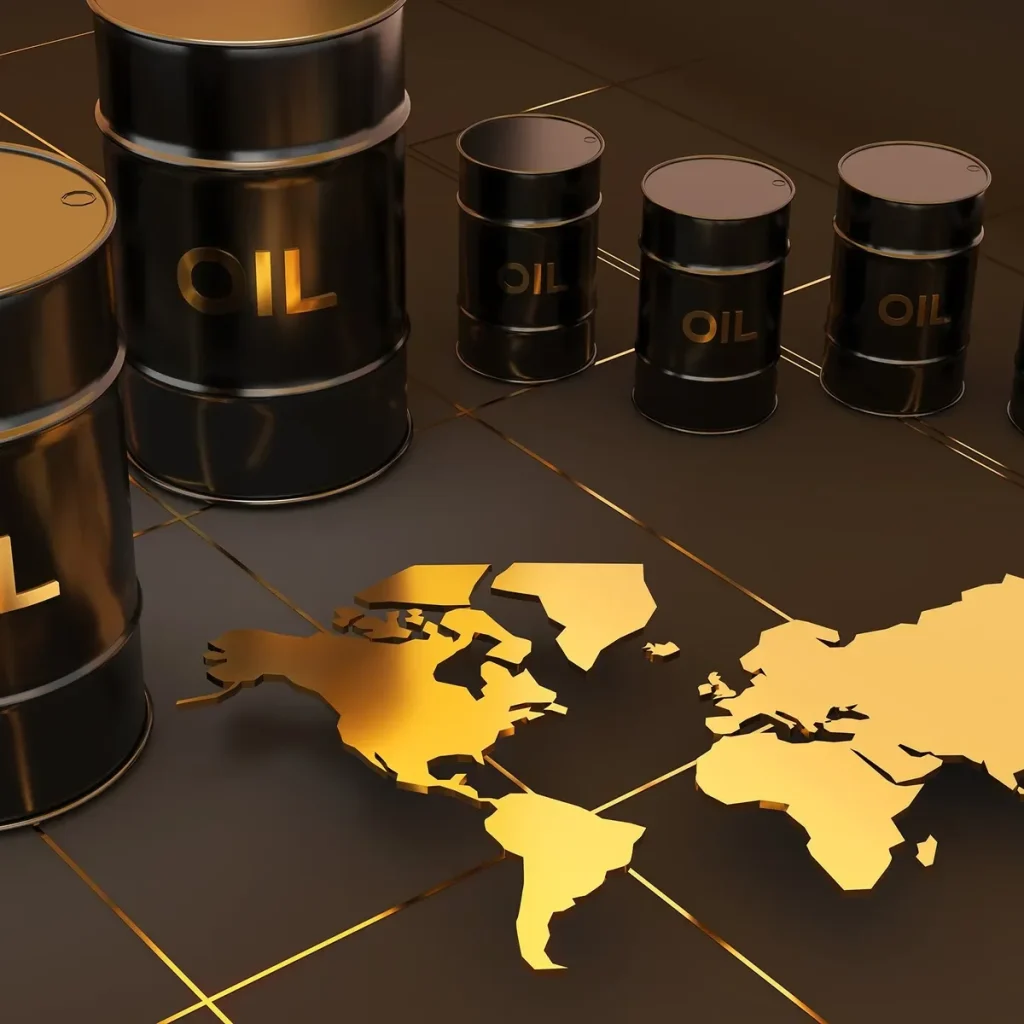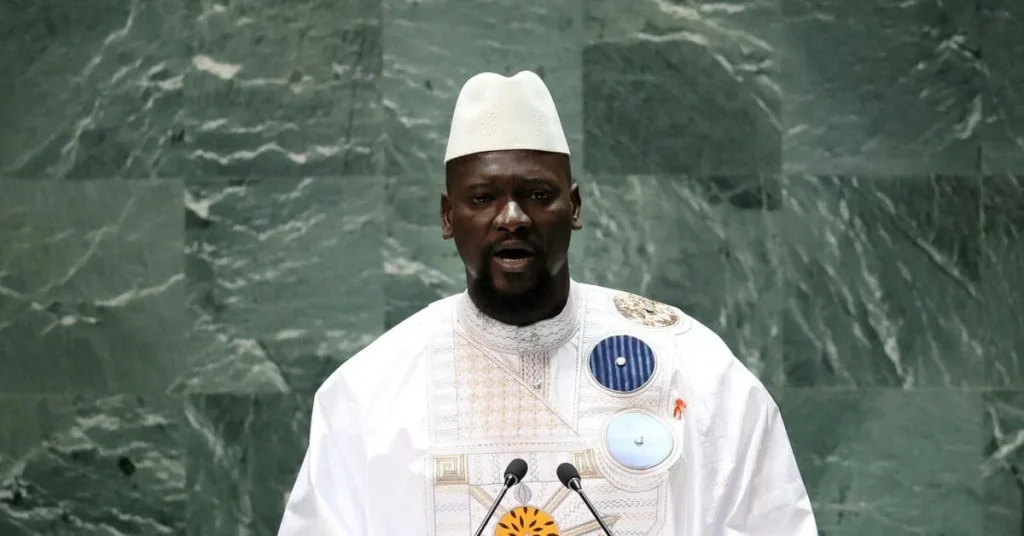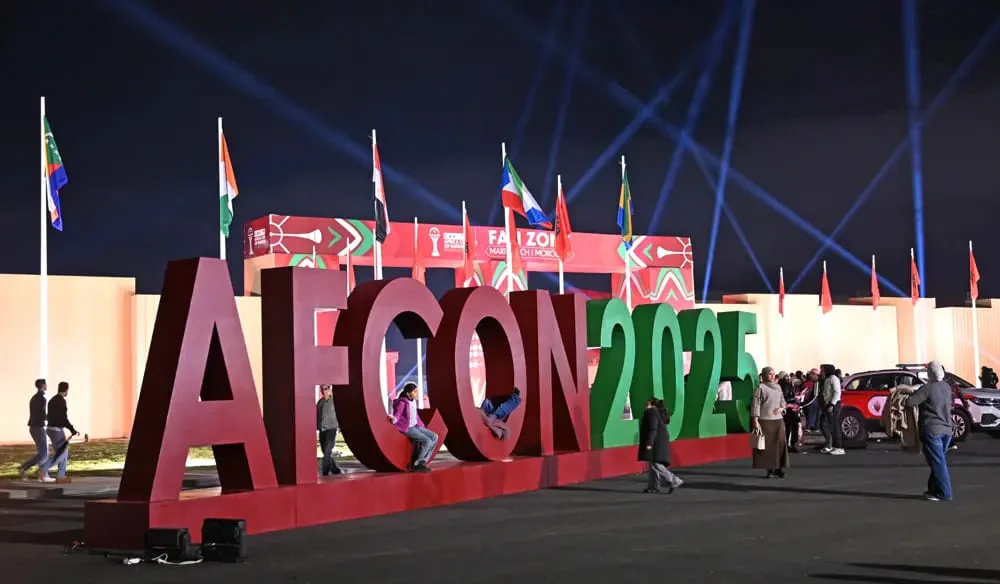In a rapidly shifting energy landscape, major oil-producing nations have opted to maintain their current production strategy despite geopolitical tensions driving up crude oil prices.
The decision comes as Russia’s ongoing conflict with Ukraine continues to unsettle global markets, pushing oil prices to levels not seen in nearly a decade.
OPEC+ Stays the Course
On Wednesday, the OPEC+ alliance, which includes Saudi Arabia, Russia, and other key oil producers, reaffirmed its commitment to gradually increasing oil output.
The group, meeting virtually in sessions that lasted less than an hour, agreed to stick with its existing plan of raising production by 400,000 barrels per day for April.
This decision aligns with the strategy set last year, despite Brent crude surpassing $110 per barrel—a peak last observed in 2014—and West Texas Intermediate (WTI) reaching its highest level since 2013.
Analysts had anticipated that OPEC+ would hold firm on its output targets.
“The group’s decision reflects a cautious approach, prioritizing stability over reactive changes,” said energy market analyst Bjarne Schieldrop.
The alliance’s next meeting is scheduled for March 31, where further discussions on production levels are expected.
Geopolitical Tensions and Market Volatility
The backdrop of the Ukraine conflict has heightened concerns about potential disruptions to global oil and natural gas supplies.
Russia, a major player in both OPEC+ and global energy markets, faces increasing international sanctions and criticism due to its actions in Ukraine.
Despite these pressures, Saudi Arabia’s Crown Prince Mohammed bin Salman emphasized the kingdom’s focus on maintaining “stability and balance in oil markets,” according to a statement from the Saudi Press Agency.
The International Energy Agency (IEA) responded to the crisis by announcing the release of 60 million barrels of oil from its member countries’ reserves, with the United States contributing half of this amount.
However, this move has done little to calm markets, as prices continue to climb amid uncertainty.
Challenges in Meeting Production Goals
OPEC+ has faced challenges in meeting its production quotas, with some member nations struggling to ramp up output. According to the organization’s latest report,
OPEC members increased production by just 64,000 barrels per day between December and January—well below the agreed-upon 400,000 barrels per day.
Countries like Nigeria and Angola have been particularly constrained, limiting the group’s ability to fully implement its supply increases.
“The promise to boost supply remains largely theoretical,” noted Louise Dickson, an analyst at Rystad Energy. “This shortfall continues to tighten the market and fuel higher prices.” The gap between pledged and actual production has contributed to the bullish price environment, as global demand outpaces available supply.
Broader Implications for Global Energy
The OPEC+ decision comes at a pivotal moment, with negotiations surrounding the 2015 Iran nuclear deal nearing a potential resolution.
A successful agreement could lift sanctions on Iran, potentially unlocking significant oil exports and easing global supply constraints.
However, the deal’s outcome remains uncertain, adding another layer of complexity to the energy market.
In 2020, OPEC drastically cut production in response to the COVID-19 pandemic, which severely reduced global oil demand.
As economies recover, the organization faces pressure from major consumers, including the United States, to increase output more aggressively.
Yet, OPEC+ has resisted these calls, opting for a measured approach to avoid destabilizing the market.
Looking Ahead
As the Ukraine conflict continues to shape global energy dynamics, the decisions made by OPEC+ will have far-reaching implications.
The group’s commitment to gradual production increases reflects a delicate balancing act between meeting demand and maintaining market stability.
With prices soaring and geopolitical risks mounting, the energy sector remains at a critical juncture, with stakeholders closely monitoring the alliance’s next moves.






